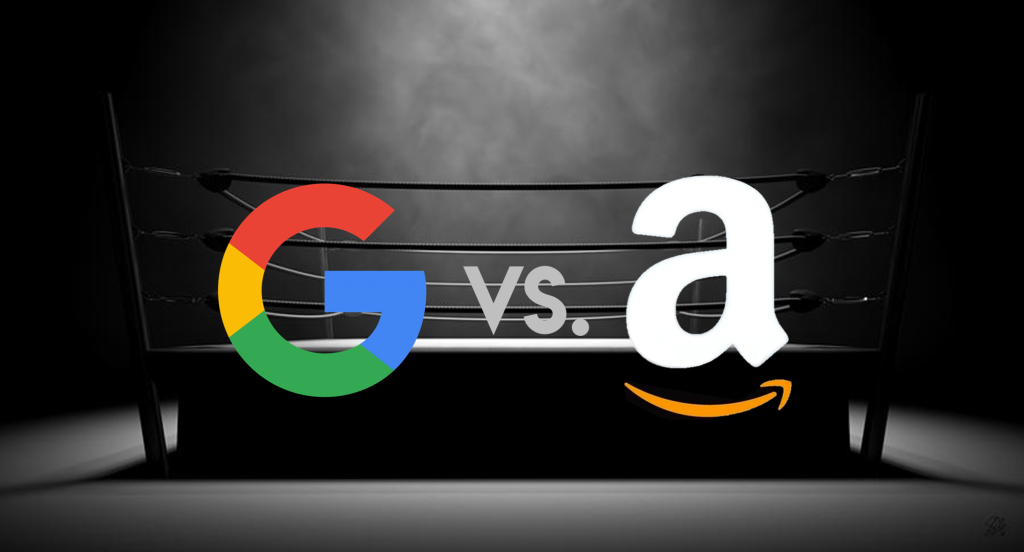Google takes yet another run at ecommerce and Amazon

Google has tried emulating Amazon’s ecommerce services, with little luck. Now, the search giant is positioning itself as a kind of anti-Amazon, a free marketplace for merchants and Amazon rivals that’s designed to get consumers more comfortable shopping with Google.
Google executive Prabhakar Raghavan (61) is a senior vice president responsible for most of Google’s largest services — search, maps, advertising and more. He is determined to crack ecommerce, a market projected to hit $2.27 trillion in 2025 that the Alphabet Inc. division has tried and failed to figure out many times before.
According to Bloomberg, earlier this month, at Google’s I/O software conference, Raghavan and his deputies demonstrated new features they hope will achieve that end, including one that lets visitors use photos to search for nearby retail products or find any item in the physical world with the click of a camera.
And on Tuesday, the company unveiled a feature that lets people go from merchant listings on Google search to their checkout pages in one click. Raghavan hopes the various initiatives will persuade millions of people to click buy, prompting sellers to purchase many more Google ads.
For Amazon, which built a booming business by essentially renting its digital real estate to small sellers, the risk is that Google could give those brands a pathway to thriving outside its marketplace. That, in turn, could force the Seattle-based company to more aggressively court sellers with discounts on fees, advertising or logistics services.
Still, Amazon remains a formidable rival, and Google confronts daunting challenges. Its renewed push into ecommerce coincides with a slowdown in online shopping as consumers revert to their pre-pandemic habits. Amazon and EBay Inc. both recently reported slowing growth and weak profit outlooks.
Moreover, Google has always sought to make its technology fade into the background. Turning the site into a shopping destination risks wrecking the experience and alienating visitors. Ahead of the I/O presentation, Raghavan took pains to say shopping on Google would be “super smooth.” If the concept works as advertised, he said, shoppers won’t have to wonder if they are doing a search, if they are on Amazon or Google.
Meanwhile, even as Google tries to build an online shopping destination to complement its ad business, Amazon has done the inverse. It has created a robust advertising operation on top of its enormous online bazaar. Google’s success is hard to gauge because it doesn’t break out ecommerce sales or retail ads. Amazon’s is easy to see. Its ads business posted 23% growth in the first quarter.
On the other hand, there are signs that Raghavan’s strategy is starting to pay off. Earlier this year, Google revealed that ecommerce advertising was a leading contributor to a 43% bump to search revenue in 2021. Google also said last year that over a billion people shop on its properties every day, though it hasn’t updated the figure.
In the fall, Morgan Stanley research showed that consumers were using Google and YouTube to research products and price-shop more often than they used Amazon, EBay or Walmart. In April, the bank reported that 59% of survey respondents who are Amazon Prime members said they started researching products on Google, up from 50% in the fall.
Talley & Twine, an independent watch brand based in Virginia, started getting serious about Google in the past two years and has sometimes seen a fivefold return on its ad spending.